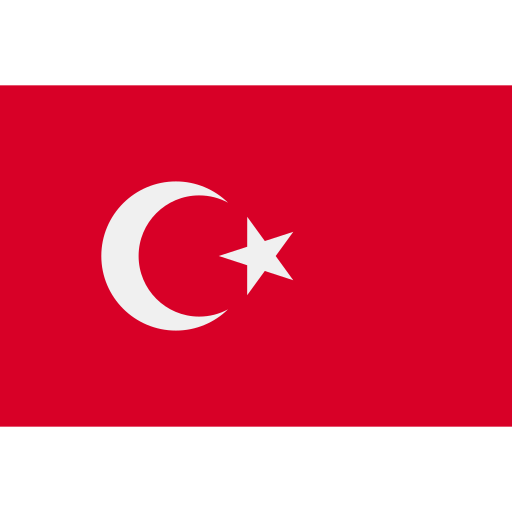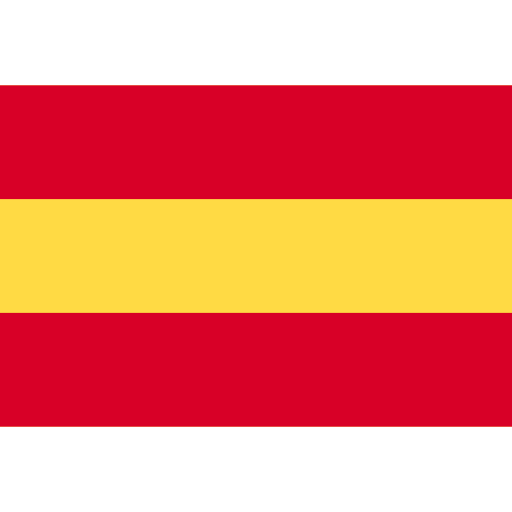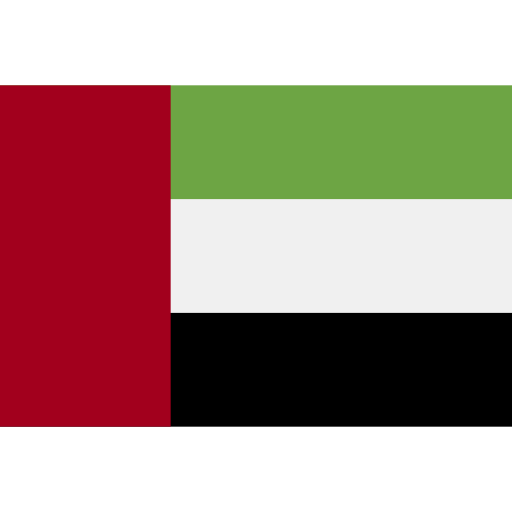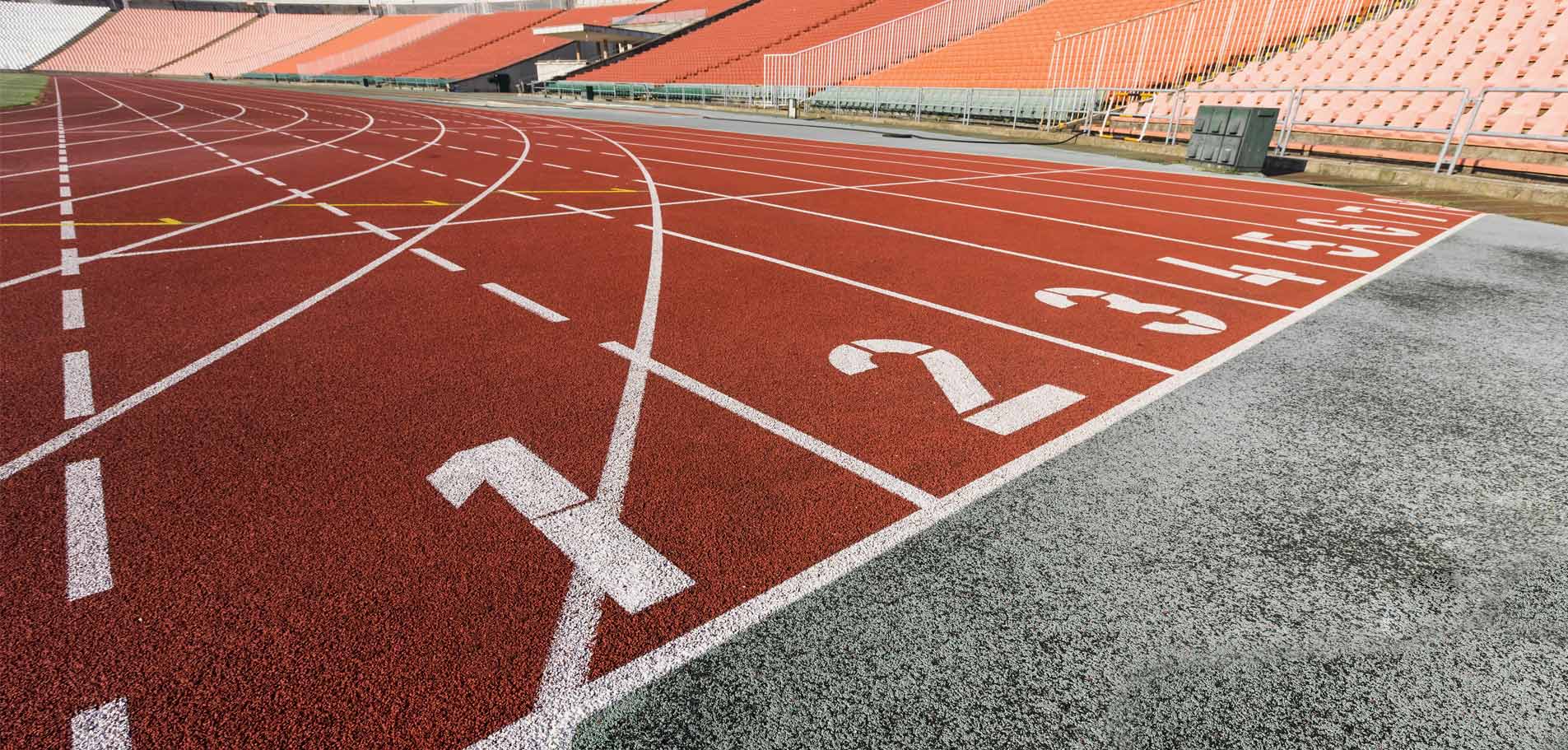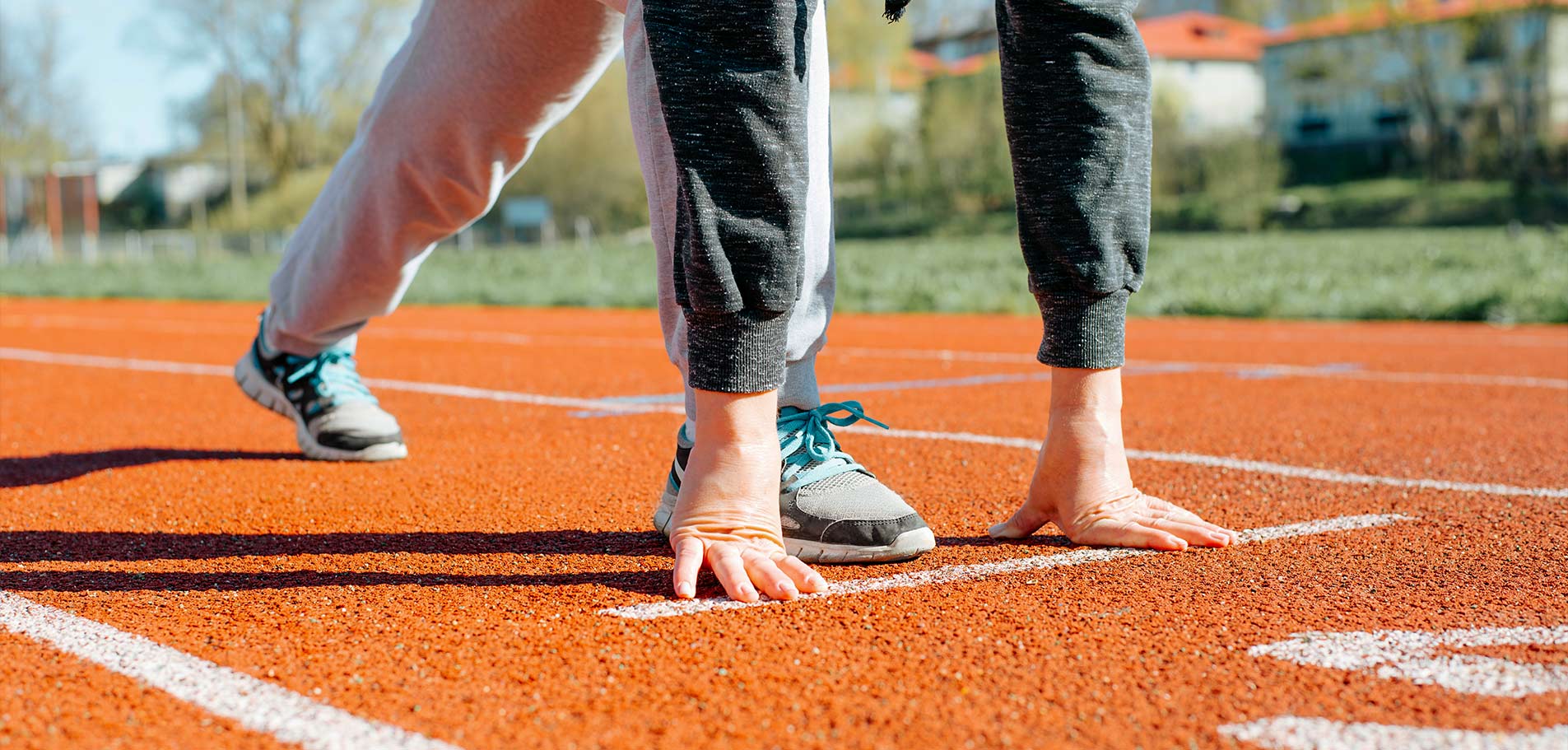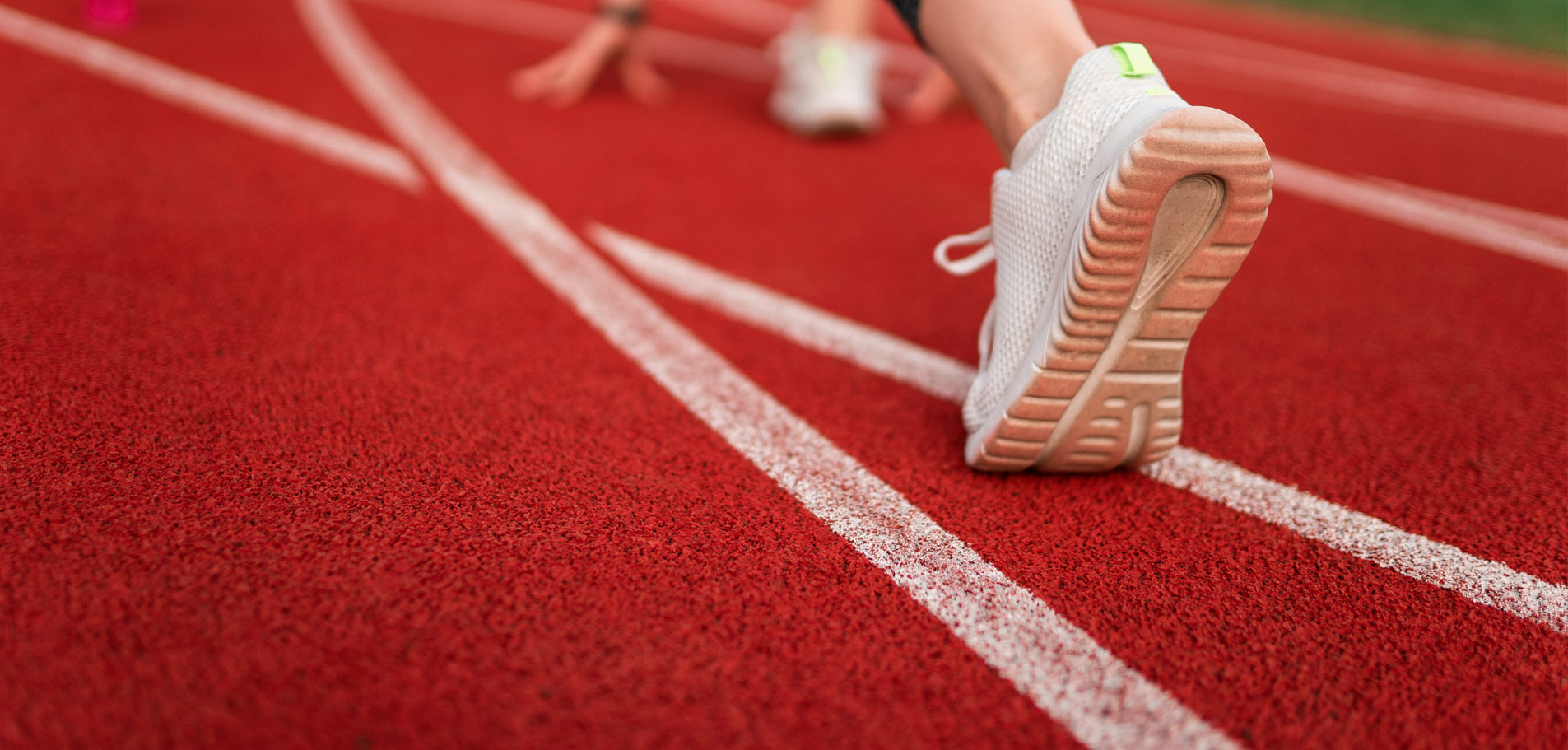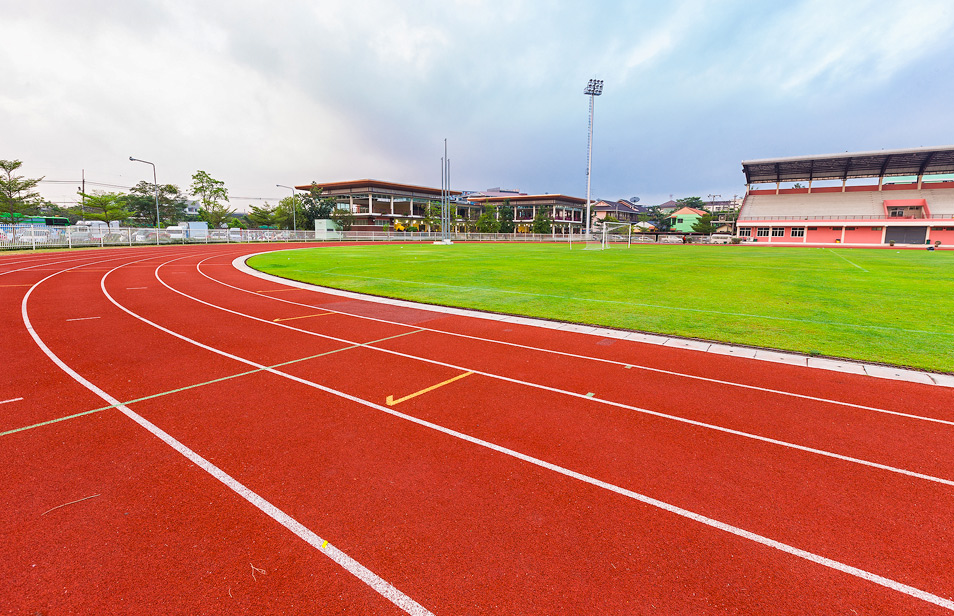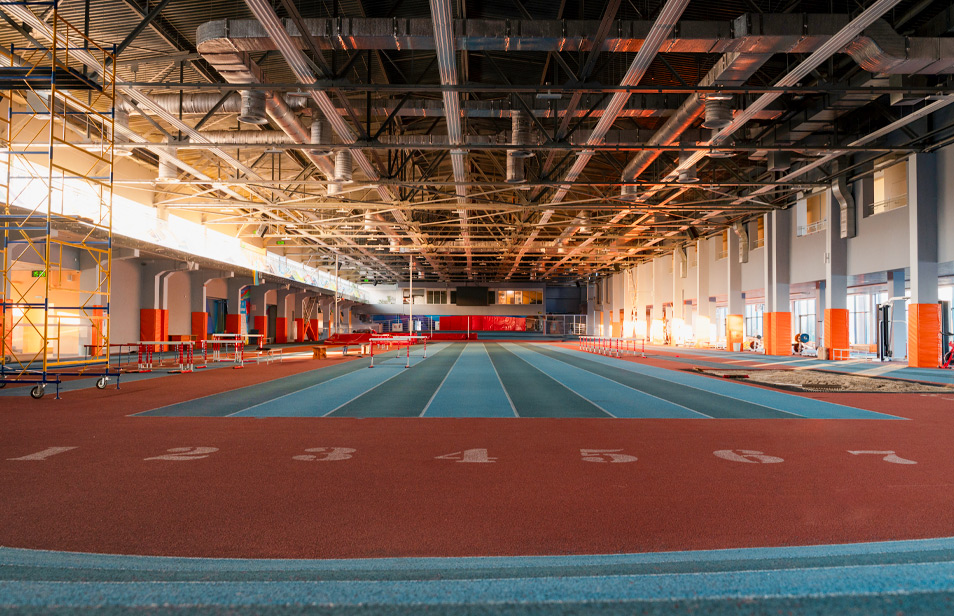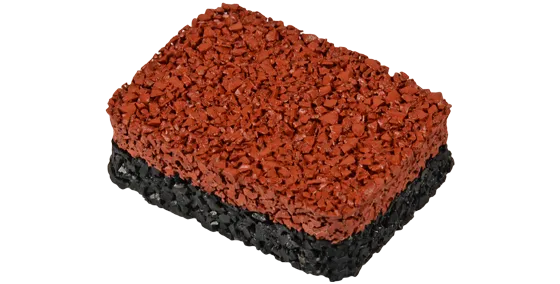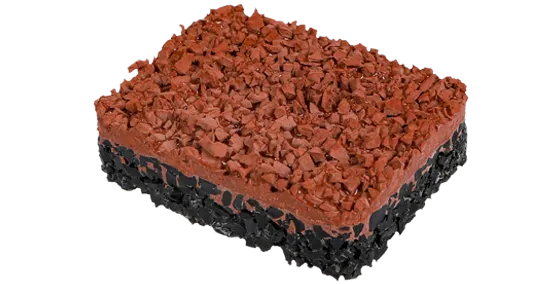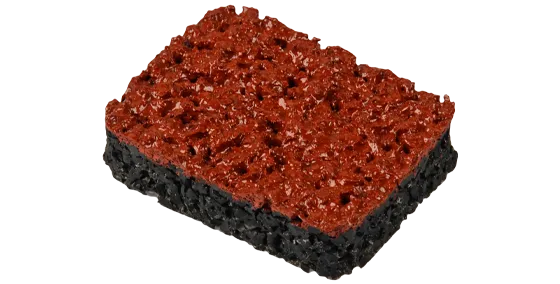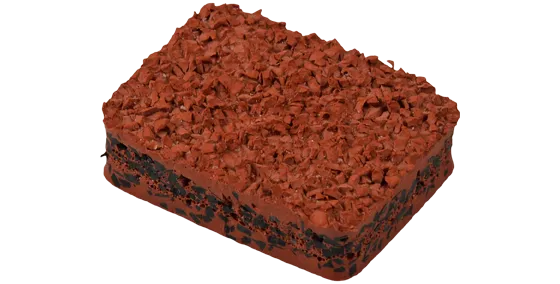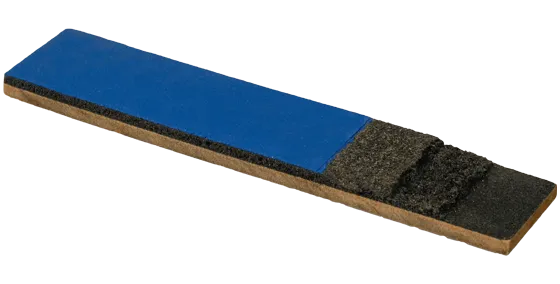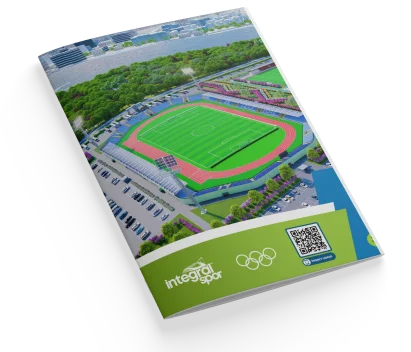Running Tracks
As Integral Spor, we design and build high-quality running tracks for the needs of professional athletes. We offer performance-enhancing solutions with durable and flexible surface systems that comply with World Athletics standards. Our running tracks provide excellent conditions for both races and training and are resistant to all weather conditions. We offer turnkey services for schools, sports clubs and stadiums.
As Integral Spor, we design and build high-quality running tracks for the needs of professional athletes. We offer performance-enhancing solutions with durable and flexible surface systems that comply with World Athletics standards. Our running tracks provide excellent conditions for both races and training and are resistant to all weather conditions. We offer turnkey services for schools, sports clubs and stadiums.
01
EPDM or SBR Coating
EPDM and SBR floor systems used in running tracks prevent slipping and protect joint health, especially in public areas such as parks, campuses and walking paths.
02
Different Color Options
The tracks, prepared in different color options such as red, blue and green, provide both aesthetics and functionality with directional stripes and lane markings.
03
Drainage and Slope System
The track can be used in all seasons thanks to the infrastructure and slope design that prevents rainwater from accumulating on the surface.
04
Long-Lasting Use
Outdoor running tracks require almost no maintenance other than regular cleaning. They maintain their shape for many years despite heavy use.
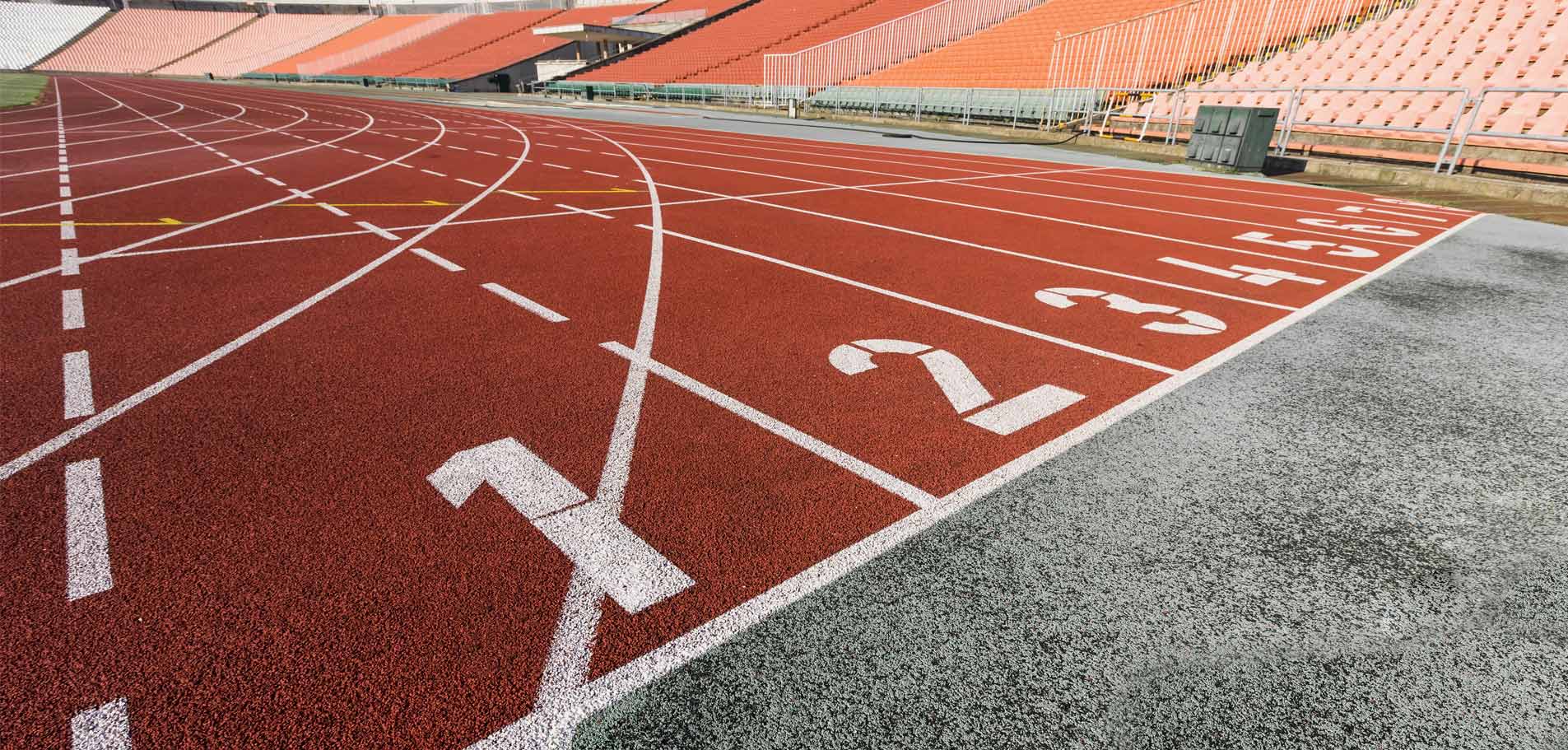
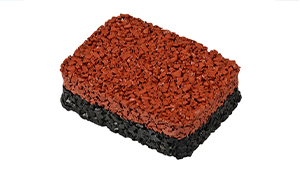
Durable & Flexible Tartan Surface
Non-slip, shock-absorbing surface ideal for athletes.
Used Products
INTEGRAL SPOR
Frequently Asked Questions
1. What are the stages of running track construction?
Construction of a running track begins with ground leveling. Then, a drainage infrastructure is created. Concrete or asphalt base is laid on it. Usually, EPDM or polyurethane coating is applied to the ground. In the final stage, track lines and measurement markings are made.
2. How many meters long should a standard running track be?
The length of running tracks varies depending on the purpose of use. Tracks in schools or parks are usually between 200 meters and 400 meters. There is no standard track size, it can be adapted according to the size of the area.
3. How wide should the lane be on the running track?
There is usually no clear lane separation on amateur running tracks. However, if professional striping is to be done, the lane width is generally preferred to be between 100-120 cm.
4. What materials are used in the construction of the running track?
EPDM granule, SBR rubber and polyurethane based coatings are generally used in running tracks. These materials provide a safe surface with their shock absorbing and non-slip properties.
5. What is the cost of constructing a running track?
Running track costs vary depending on factors such as track length, ground covering type, substructure preparation and optional lighting. The cost of a small school track and a professional outdoor running area are different.
6. Do running tracks need to be World Athletics approved?
No. Since running tracks are generally built for amateur use, they do not require World Athletics approval. However, such certifications may be required for tracks that will host competitions.





